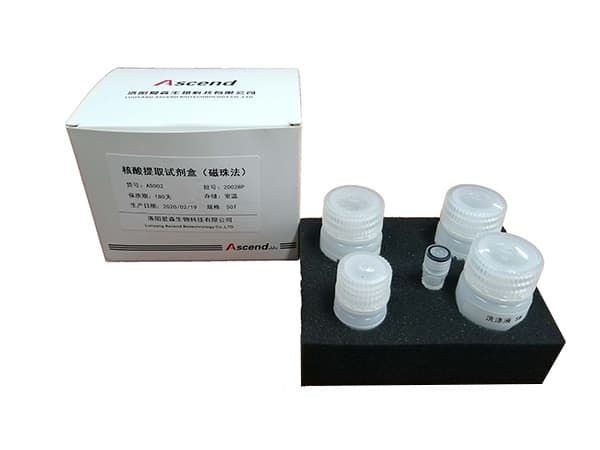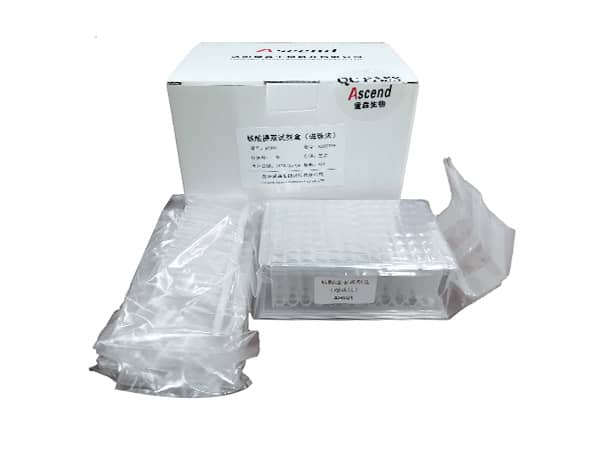How to perform nucleic acid extraction
The common difficulty in nucleic acid extraction lies in the difficulty of extracting high-quality RNA from some plant tissues, which is related to the rich ingredients in these plant tissues, such as phenolic compounds, polysaccharides, and some unidentified secondary metabolites. In addition, there are tissues that are rich in higher activity. In an intact cell, these substances are separated from nucleic acids. Once the cell is broken, these substances will interact with RNA.
Nucleic acid extraction method:
1. Quickly inactivate endogenous RNase to prevent RNA degradation. The following 3 methods can effectively inactivate endogenous RNase:
1) Harvest the sample with a cell lysate containing chaotropic (such as guanidine salt) and homogenize immediately.
2) Instantly freeze the sample with liquid nitrogen. It is worth noting that: the tissue pieces must be small enough to be frozen the moment they are immersed in liquid nitrogen to ensure instant inactivation of RNase.

3) Immediately place the sample in the liquid nitrogen-free RNA sample storage solution. It is an aqueous, non-toxic collection reagent that can immediately stabilize and protect RNA in intact, unfrozen tissue and cell samples. The key point is that the tissue sample slice must be thin enough (<0.5 cm) so that it can quickly penetrate into the tissue block before the RNase destroys the RNA.
2. Use the correct cell or tissue storage conditions
After the sample is frozen instantaneously with liquid nitrogen, it should be stored at -80°C and must not be thawed. Even a short thawing before homogenization in a lysate containing guanidine salt will result in degradation and loss of RNA. Instantly frozen tissues should be ground into powder under ultra-low temperature, and then placed in the lysis solution for homogenization.

3. Choose a good RNA isolation method
The numerous RNA isolation methods available may be difficult to choose. The current simple and safe method is column separation. For example, it is loved by everyone because of its simple operation, short time and high purity. It does not require DNase to digest DNA, which saves time and avoids RNA degradation, thereby increasing the yield of nucleic acid extraction; Relative to non-column separation, it removes proteins and other impurities cleanly, improves purity, and is very suitable for cells, tissues, and general plants.
Plant nucleic acid extraction is more difficult to choose. Plant RNA nucleic acid extraction kits is affected by the content of phenols, polysaccharides, protein impurities, and secondary metabolites. You can choose the polysaccharide and polyphenol plant total RNA nucleic acid extraction kits (narcissus, pepper, carrot, corn, lily, wheat, Tomatoes, cauliflower, rapeseed, etc.) and general plant RNA nucleic acid extraction kits (suitable for the extraction of most plants, including: apple, grape, strawberry, banana, longan, lychee, lawn plant, pine, cedar, white birch, purple pine cone, Coleus, poinsettia, oleander, Ficus benjamina, violet, rose, geranium, morning glory, etc.); it is worth mentioning that blood (including serum, plasma, cerebrospinal fluid, other liquids) nucleic acid extraction TRIZOL and red blood cells The lysis method is not effective. The red blood cell lysate does not contain RNase inhibitors. In this process, RNA is easily degraded. It is recommended to use a blood total RNA nucleic acid extraction kits.



